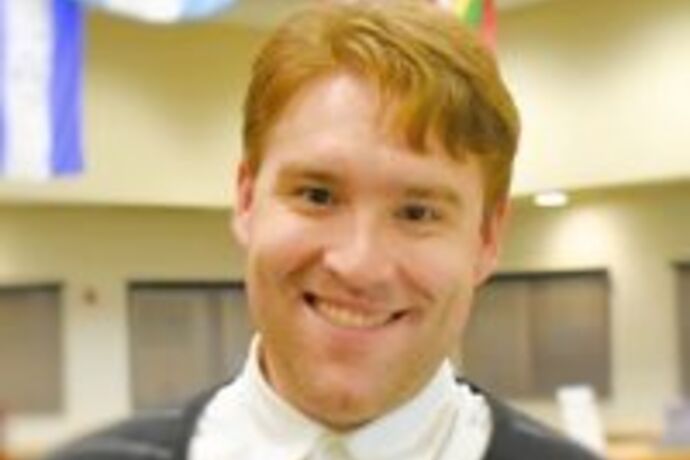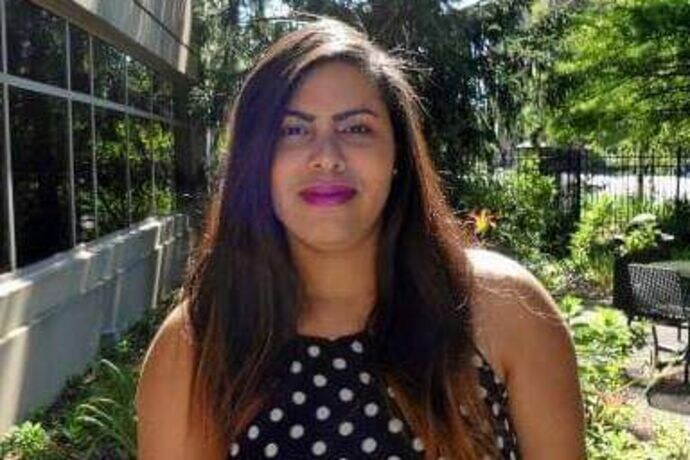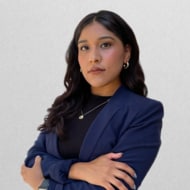Building Coalitions and Serving as Allies for Latinx Students
In the second of this two-part series, educators from different backgrounds who work with Latinx populations contribute advice and reflections on how to serve as allies and build coalitions across lines of difference.
More than 100,000 Latinx students are enrolled in K-12 public schools today across Indiana, which is 10.2% of the total student population.
“Latinx student needs are so diverse and different,” shares Indiana Latino Institute’s (ILI) education program coordinator, Rachel Santos. “Indiana’s Latino students are all different pieces of the American story: some are second-generation, some are immigrants. My family moved here in the ‘50s. There’s not just one single issue that pertains to all students, so we must diversify our supports.”
The ILI, as well as many other Latinx organizations and initiatives like La Plaza, the Indiana Commission on Hispanic/Latino Affairs, and the Indianapolis Mayor’s Latino Advisory Council, are aimed at elevating resources and access for the fast-growing Latinx population. Additionally, community partners including Ivy Tech Community College, CICF, Strada, Lumina, and more than a dozen other organizations are also contributing funding and supports to address issues affecting Latinx communities across Indiana.
TFA is committed to partnering with our community to elevate the voices and perspectives of our Latinx students and leader. Below, alumni and corps members provide thoughtful insight and advice on how to serve as allies to the Latinx community across lines of difference:
Listening to and understanding the perspectives of students across lines of difference
At Enlace Academy on the West Side of Indianapolis, a K-8 innovation network school led through a partnership between Indianapolis Public Schools and Neighborhood Charter Network, the primary student population is Latinx.
“Enlace Academy is more than a school, it is a community,” shares 2019 corps member and social studies teacher Marcella LaRosa, a non-Latinx teacher. “Many students are new to the country or are at the beginning stages of learning English. However, at Enlace Academy, speaking one’s native language is encouraged as many of our students are Spanish speakers. In the mornings, students can be heard laughing and speaking to each other in their native language.”
LaRosa is conscious about building coalitions and understanding across lines of difference: “Students have shared their frustration, distrust, and fear when it comes to current policies and controversial discourse on immigration. During these discussions, I realized there was so much I had to learn. I shared with my students that although I am their teacher, they have so much to offer and had their own life experiences to share and teach…After every class, I think, ‘What can I do next time to improve their experience?’ Although I am currently trying to learn Spanish, I know there is more I can do for my students to help them be successful.”
High school English teacher Gabriela Escoto (Indy ’18) adds: “I also recognize that, while I am Latina, most of my students are Black. Our communities’ histories and experiences are in some ways similar but in no way the same. I am continuing to work every day to inform myself of other cultures so that I can best serve all of my students.”

Peter Dufault (Indy ’18), a non-Latinx ELL teacher at Global Prep Academy, a Spanish and English dual immersion school, also ensures identity is top of mind: “Being an ally means being interested in learning about my students as people and in learning about the cultures and countries they are coming from. I don't think one can separate cultural competency and personal relationships, it is really important to find things you can bond over with students.”
Defining allyship in the context of today’s socio-political climate
“An ally to the Latinx community first and foremost listens to and respects the experiences of every Latinx person,” says Escoto. “An ally is aware of their micro-aggressions and how they can be harmful, no matter how ‘small’ or normalized it is. An ally educates themselves on their friend’s, student’s, and/or co-worker’s culture and respects it.”

Idalmi Acosta (Indy ’15) echoes this sentiment: “Being an ally to the Latinx community means understanding the socio-economic factors that impact Latinos in our society and actively working to dismantle systems of oppression. There’s a lot of different ways to do that: from educating yourself about the history and culture of Latinos in the USA to standing up for Latinos in conversations with friends and family, to advocating for policies that address issues Latinos are facing and pushing back against the policies that continue to oppress us.”

Allyship “requires the capability to understand others and their cultural perspectives and traditions without allowing culture shock to cloud the way you think,” adds Juan Cahue (Indy ’17), Spanish teacher at Victory College Prep. “It means going to bat for us when we need you most and not turning us away when you think your work with us is done. Being an ally means you’re a confidant, someone we can trust…But most importantly it means you need to be accepting. It’s okay to be curious, sure, but know when to draw the line. Don’t generalize, don’t assume, don’t stereotype, as hard as it may be. Do ask questions, do ask for clarification, and please do respect our cultures. No two cultures are the same and there is a vast variety within the Latinx community. So do your best to educate yourself with their differences especially if they are represented in your classroom or your inner circle.”
Read more:
Sign up to receive articles like this in your inbox!
Thanks for signing up!
Content is loading...







